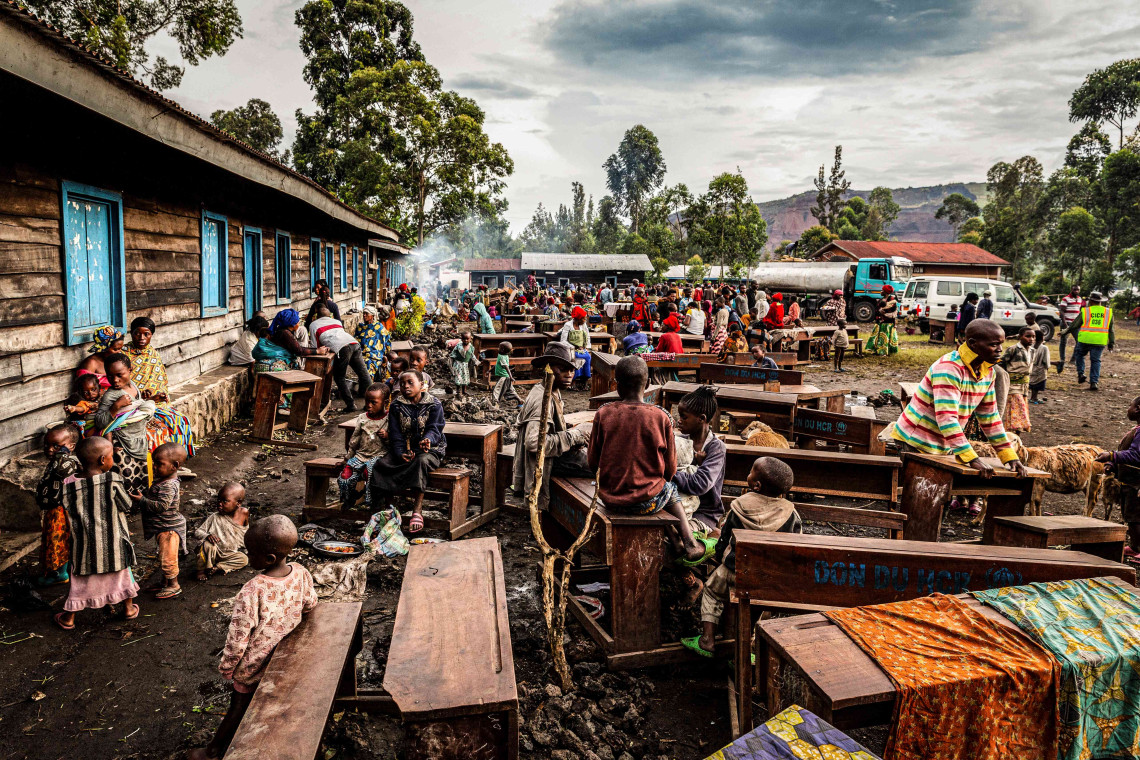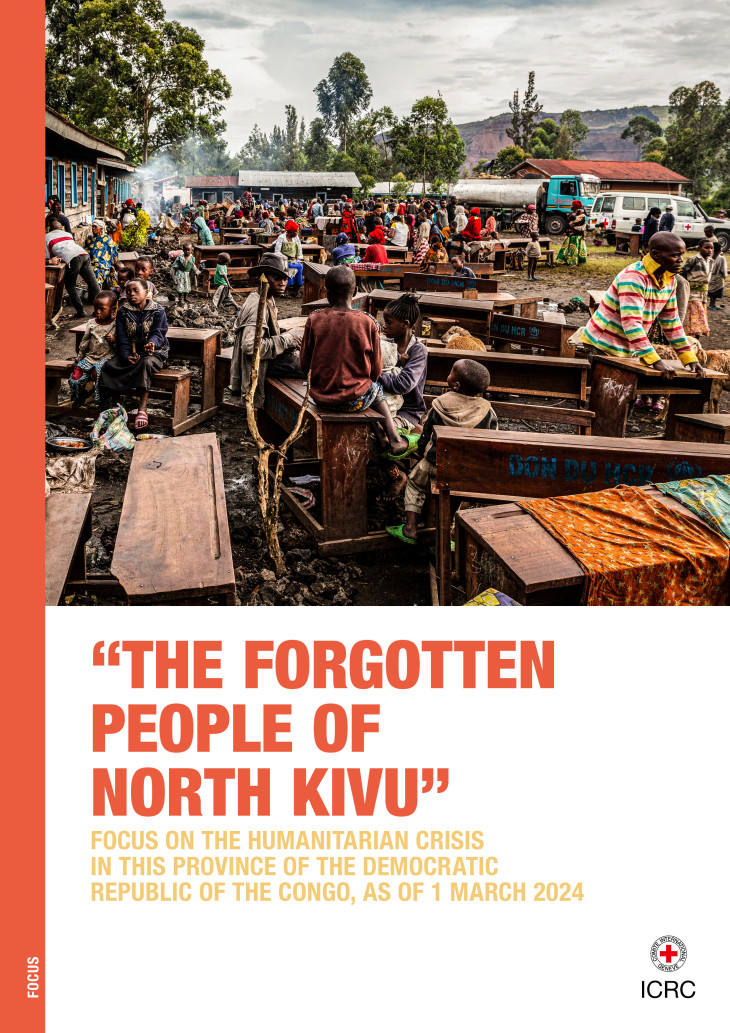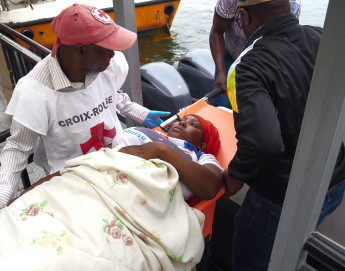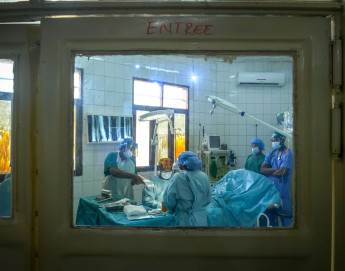
Democratic Republic of the Congo: The forgotten people of North Kivu

The humanitarian and medical toll of the violence is appalling. Death and injury are a daily reality. Since the upsurge in fighting, weapon-wounded patients have been pouring into ICRC-supported CBCA Ndosho Hospital in Goma, the capital of North Kivu.
In 2023, the ICRC recorded numerous incidents in which people's access to health care was infringed, mostly in Goma. These mainly involved acts of violence against health services, when armed men burst into health-care facilities, and situations where health workers were forced to break medical ethics or other rules protecting the wounded and sick. Ensuring respect for and the protection of health care lies at the heart of the ICRC's concerns and its dialogue with all weapon bearers.
Garuka Furaha, 45 years old, was displaced in Sake town for three months. She was admitted to CBCA Ndosho Hospital on 12 February 2024. She tells us:
"From the hill that you can see from the camp, we could hear the sound of fighting from early morning. Suddenly, at around 2pm, a bomb fell on the camp. Some people were killed outright and others, like me, were evacuated here by bus in the evening. A piece of shrapnel pierced my right eye and injured my shoulder. I don't know where my other children are. I only know that my 16-year-old daughter was also wounded in the neck. I consider myself lucky even if I have only one eye left, because some people are dead and others have lost limbs."
While most people flee to Goma or other big towns, some get stranded in remote forest enclaves. Only 20 per cent of displaced people reach camps where they can receive aid from humanitarian organizations. The rest are taken in by locals, who are themselves buckling under the burden of years of violence. Precious little relief reaches them, as access routes are unsafe and the logistical obstacles immense.
Mamy, a 35-year-old mother of eight, is one of these displaced. We met her in Kazumba, in Rutshuru territory, North Kivu.
"This is the fourth time I've been displaced. As we don't have enough food, we have to go back to our villages from time to time to get supplies, despite the danger. Many displaced people have had to flee, leaving their harvest stocks in their homes and then having to wait for food aid."
Download our report The Forgotten People of North Kivu

While other conflicts monopolize world media attention, we must not forget the people of the DRC, whose very survival often depends on emergency humanitarian aid. According to UN estimates, in 2024 over 25.4 million people in the country will need assistance – out of a total population of 113.6 million. This only underlines the urgent need for concerted action to relieve human suffering and stabilize the region.
In #DRCongo, armed clashes around Sake continue to lead to massive displacements towards #Goma.
— ICRC Africa (@ICRC_Africa) March 4, 2024
Here are 4 things to know about the current situation. 👇🏿 pic.twitter.com/NfmquwxPxZ
The upsurge in armed conflict and other situations of violence in the Democratic Republic of the Congo (DRC) is taking a devastating humanitarian toll, especially in the east of the country. Read our report for an update.



